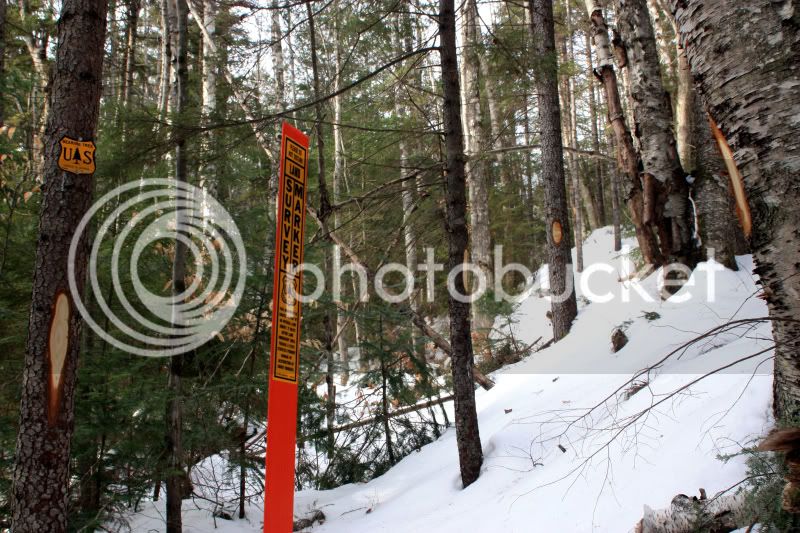I heard a bit about this logging project a few months ago, but found this file today describing the impact:
BIG .pdf of an earlier document describing this project: http://www.fs.fed.us/r9/forests/whi...rojects/assessments/kanc_7/kanc7_final_ea.pdf - trail information starts around page 50, apparently alternative 4 is what's going to be followed starting in 2009.
Main page for Kanc7: http://www.fs.fed.us/r9/forests/white_mountain/projects/projects/assessments/kanc_7/kanc_7.htm
Perhaps most striking for winter peakbaggers is that the Pine Bend Trail, a popular way to the Tripyramids for the Winter 48, may be closed for one or more winters.
BIG .pdf of an earlier document describing this project: http://www.fs.fed.us/r9/forests/whi...rojects/assessments/kanc_7/kanc7_final_ea.pdf - trail information starts around page 50, apparently alternative 4 is what's going to be followed starting in 2009.
Main page for Kanc7: http://www.fs.fed.us/r9/forests/white_mountain/projects/projects/assessments/kanc_7/kanc_7.htm
Perhaps most striking for winter peakbaggers is that the Pine Bend Trail, a popular way to the Tripyramids for the Winter 48, may be closed for one or more winters.

